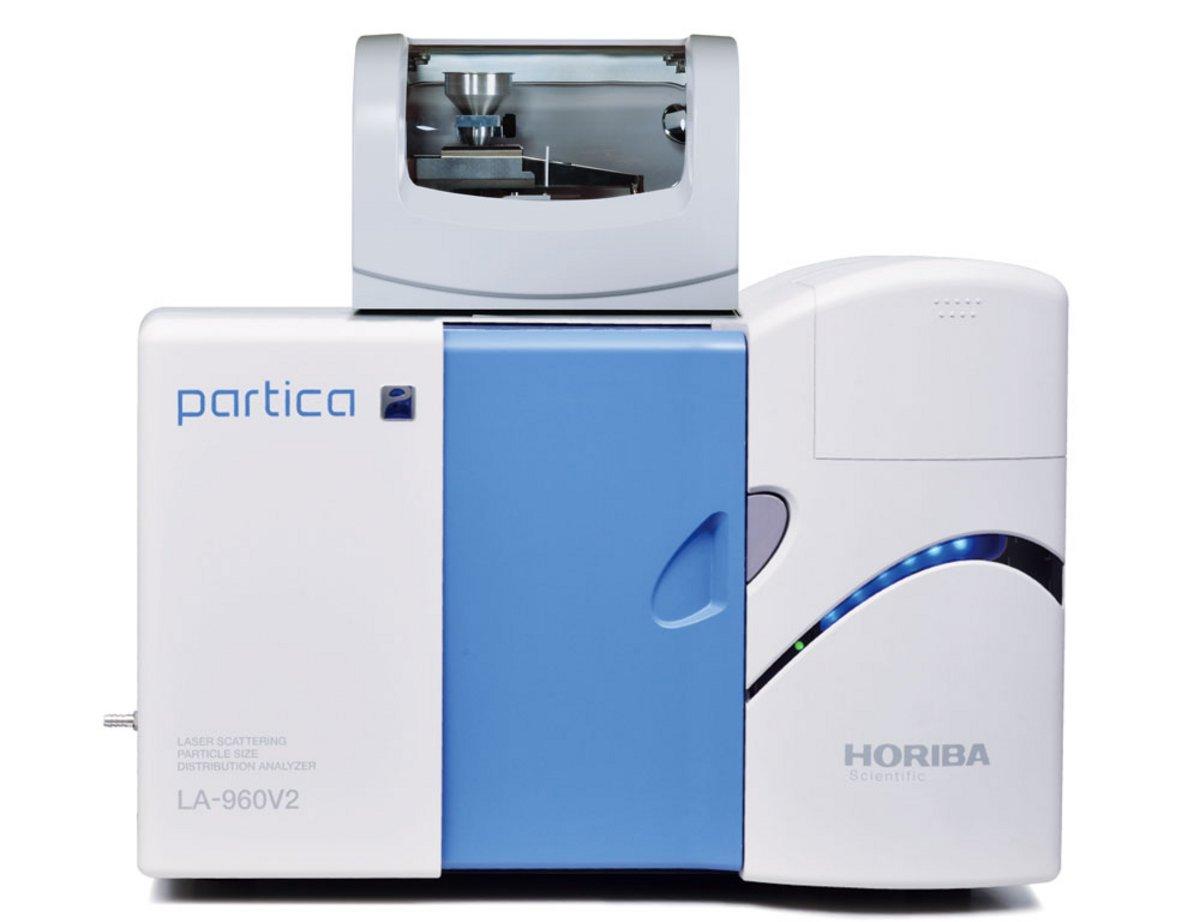Versatility of Calcium Carbonate
Industrial minerals have become a symbol of wealth and calcium carbonate (CaCO3) is one of the most abundant minerals on the earth with a large array of industrial applications. Its availability, low cost, and non-toxic nature contribute to its broad applicability across different sectors including construction materials, industrial filler, agriculture, water treatment, and many others.
Controlling Formulation Parameters
Particle size control of calcium carbonate within formulations plays a vital role in various industrial application. For Example, paint chemists need precise control of calcium carbonate particle size as it effects the coating properties such as viscosity, dispersion stability, opacity, and tinting strength. A pigment obtains, for example, its maximum colour effect only in a narrow particle size range below 1 to 2 microns. Therefore, understanding particle size distribution of calcium carbonates becomes one of the foremost parameters to be examined.
Diverse Functionality with Surface Modification
Calcium carbonates are available in a wide size range and different surface coatings to support the range of functionality in diverse industrial applications. The most common method of coating is using stearic acid that comes from the family of fatty acids. Natural (uncoated) calcium carbonate is hydrophilic, meaning that it tends to attract water. The high surface energy of the particles causes a lot of friction that leads to agglomeration or aggregation of fine particles. Coating of calcium carbonate provides superior filler product to the paint industry by allowing to reduce the friction and make the mineral hydrophobic. This process helps to improve the dispersibility, dispensability, processability and stability of the finished product. Coating of the raw material during synthesis also helps in achieving better control over the resultant particle size and one should expect a slight increase in the primary particle post coating. However, big variation in particle size distribution of coated and uncoated material might indicate agglomeration or flocculation of particles during production.
Employing Technological Advancements
Advancements of analytical instrumentations and characterization tools have been subjected to significant developments in science and technology. Laser diffraction (LD) technology has emerged as one of the most important and effective techniques in the world of particle size analysis to characterize and quantify micron size particles with high efficiency.
HORIBA Partica LA-960V2 laser diffraction particle size distribution analyzer (Figure1) with a dynamic size range from tens of nanometers to millimeters allows rapid analysis in less than a minute with high accuracy and precision. The system reports volume-based size distribution along with wide range of additional parameters. For example, calcium carbonates are often specified on the 10th percentile (Dv10) that helps to detect and quantify the fine particles in the distribution. Whereas the 90th percentile (Dv90) helps in detecting the coarse particles in the distribution.

In this study, particle size distribution of the two different grades of calcium carbonate was investigated using HORIBA Partica LA-960V2 laser diffraction particle size distribution analyser. The particle size distribution profile for the two different grades of calcium carbonate is shown in figure 2. Bimodal distribution observed in grade A post coating clearly indicates partial coating of the material and hence is not yet ideal to be used for any industrial application. However, grade B gives narrow monomodal distribution with very high repeatability and reproducibility post processing, hence confirming the product stability with an efficient coating. This further ensures the applicability of the produced material as a filler in industrial applications.

Table 1 provides further details on the data derived using the distribution profile for each sample. The system reports the data in form of Dv10, Dv50 and Dv90 that shows 10%, 50% and 90% percent of particles volume respectively are below the reported size. Moreover, the technology supports quantification of required particle size grades. For instance, the percentile of finer grade material (below 1 µm and 2 µm) is reported as %V. Partial coating of A grade results in agglomeration of the uncoated material as D90 increases significantly from 2.27 to 10.39 µm. This change in size from coated to uncoated material is less significant in case of grade B that is expected from an efficient coating process.

The high performance of the Partica LA-960V2 equipment allows the particle size of calcium carbonate to be tracked during the production processes as well as for quality control of the end products.
Impact of HORIBA Technology: Final Thoughts
HORIBA Partica LA-960V2 laser diffraction analyser can be efficiently used to study the particle size analysis of different grades and sizes of calcium carbonates due to its wide size range, high repeatability and reproducibility of the obtained data, flexible dispersion options, and rapid measurement speed. Detection and identification of finer particles in various grades of calcium carbonate for example, can ensures best results for the produced colours in the paint and coating materials. This further ensures the importance of particle size distribution characterization in this industry using laser diffraction technology.
Leave a Comment
Comments
Ms. Nishita Marwah This is a very informative article!
Posted on Jan 21, 2025